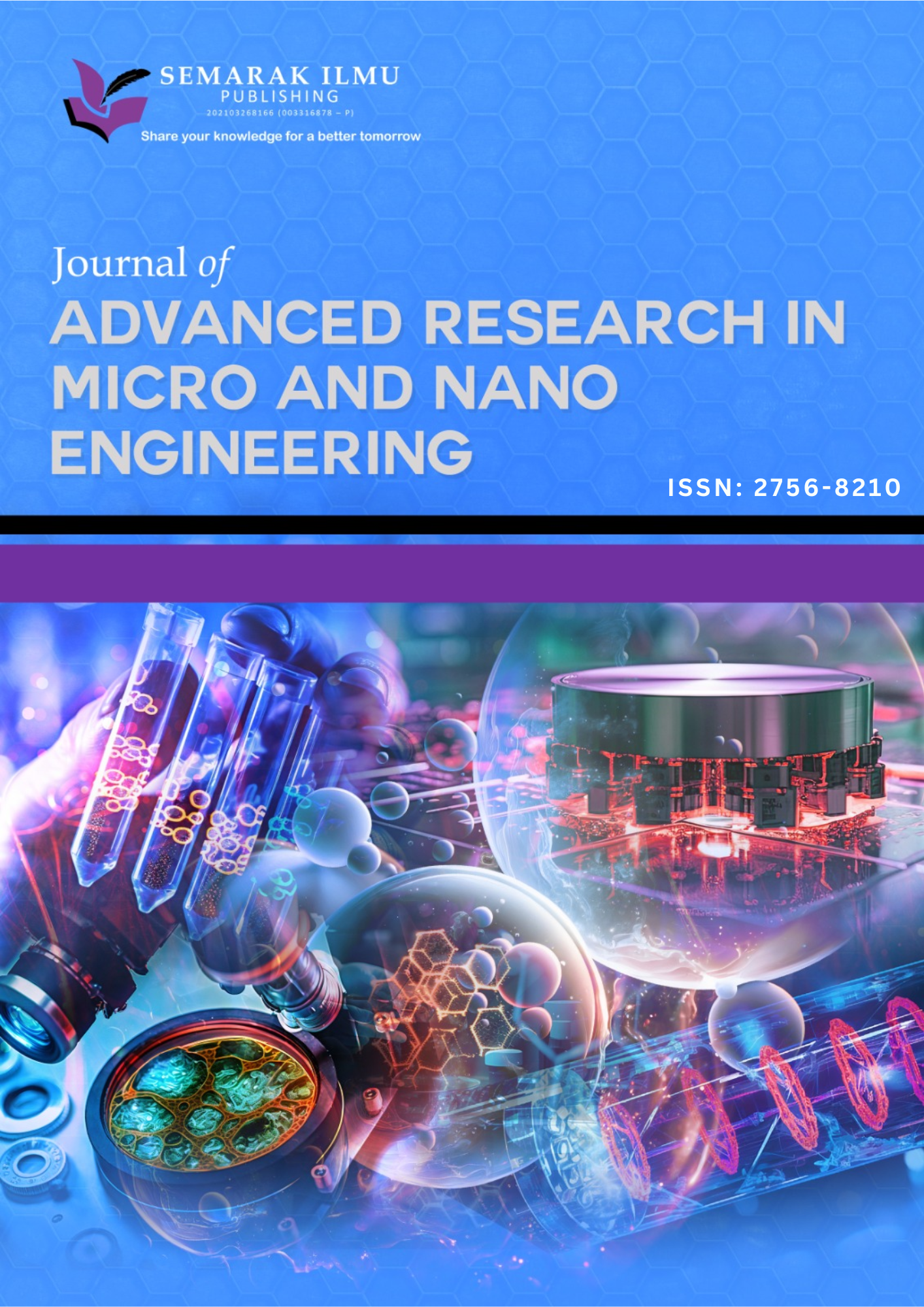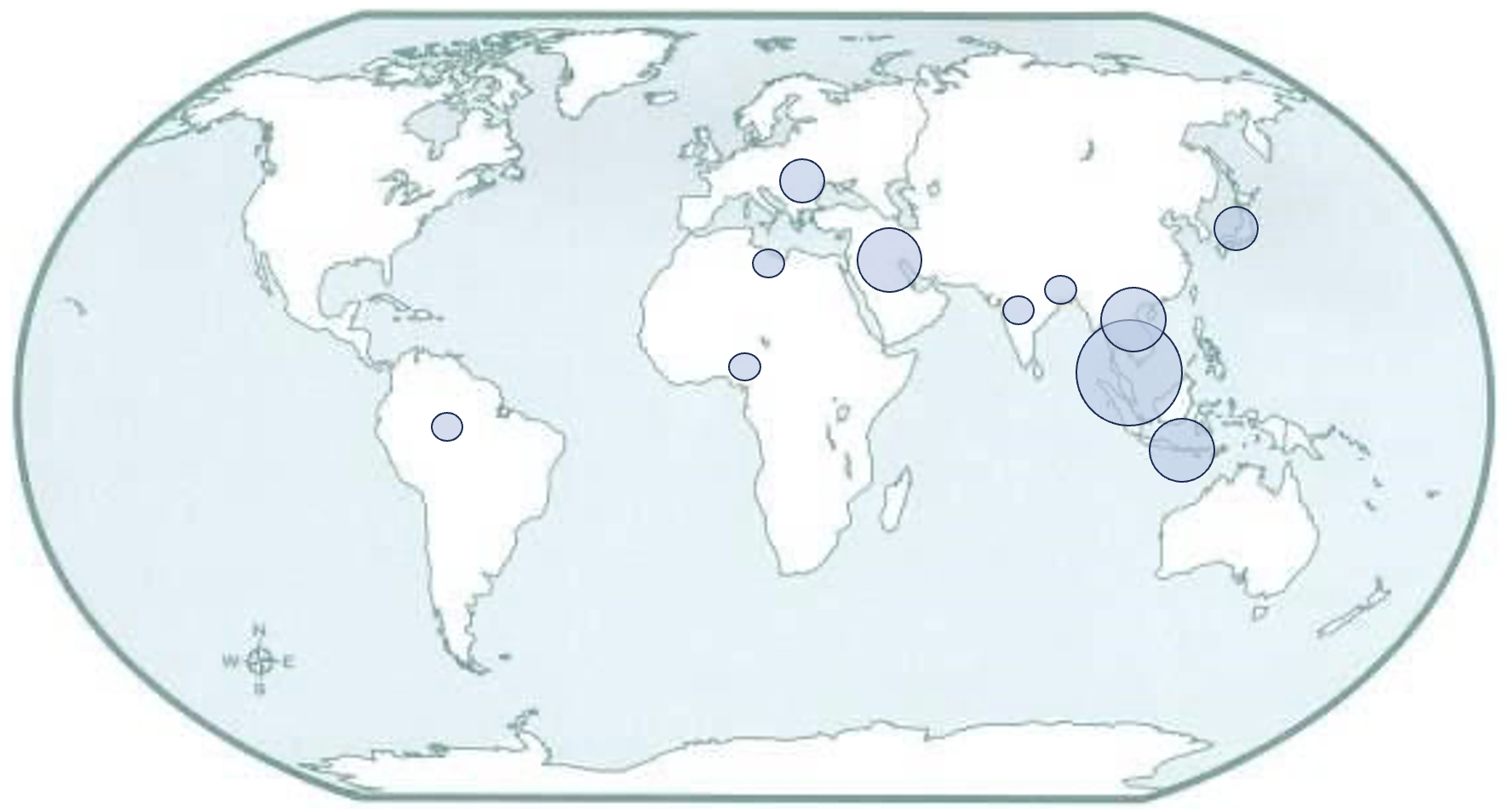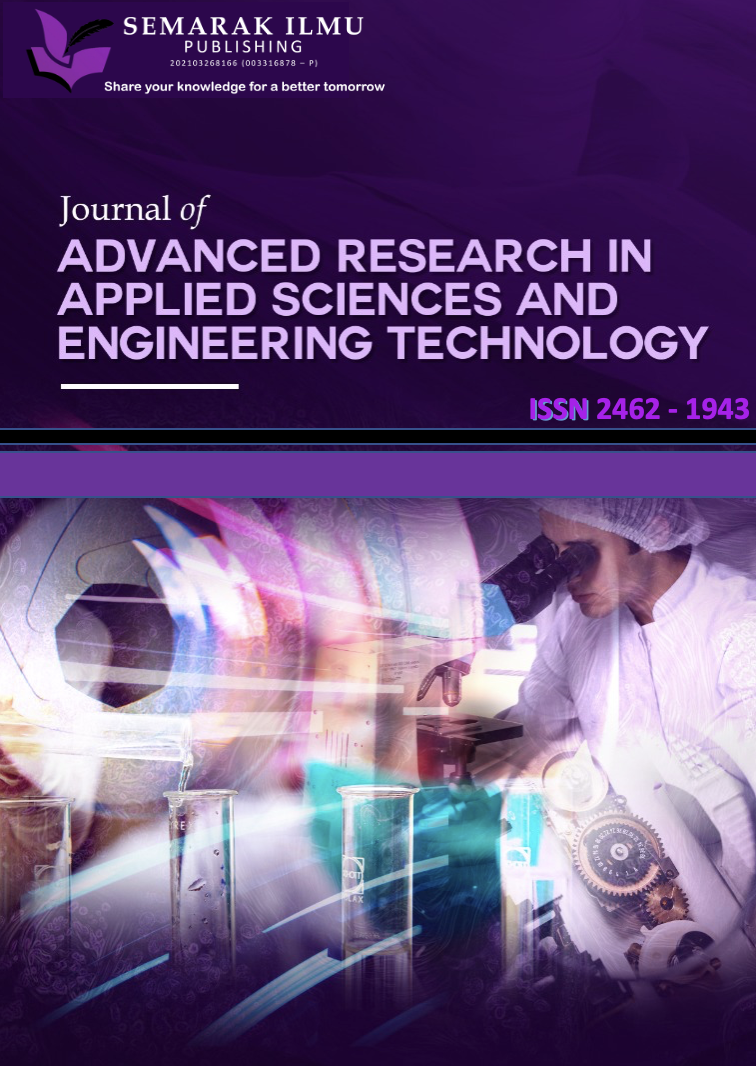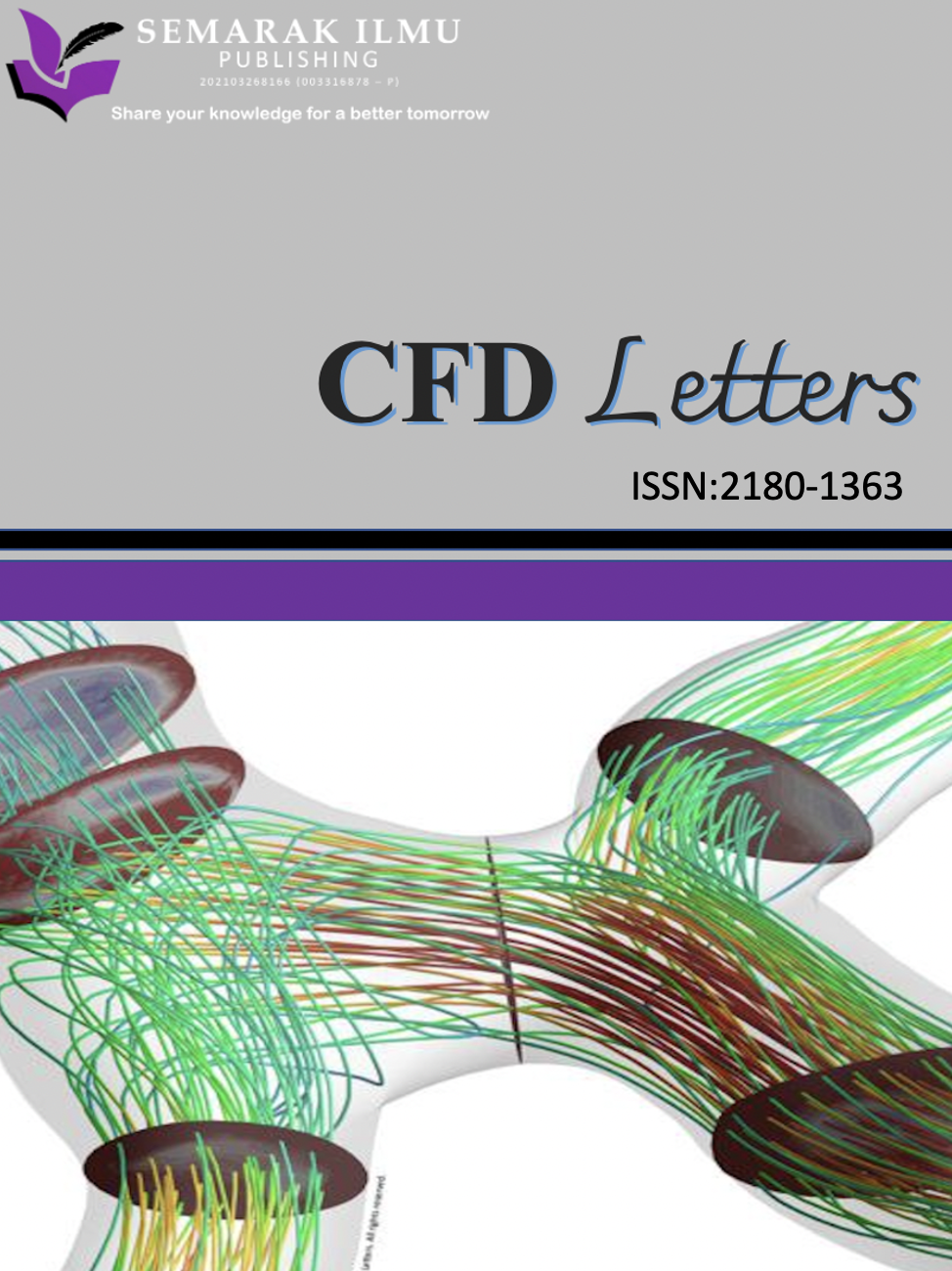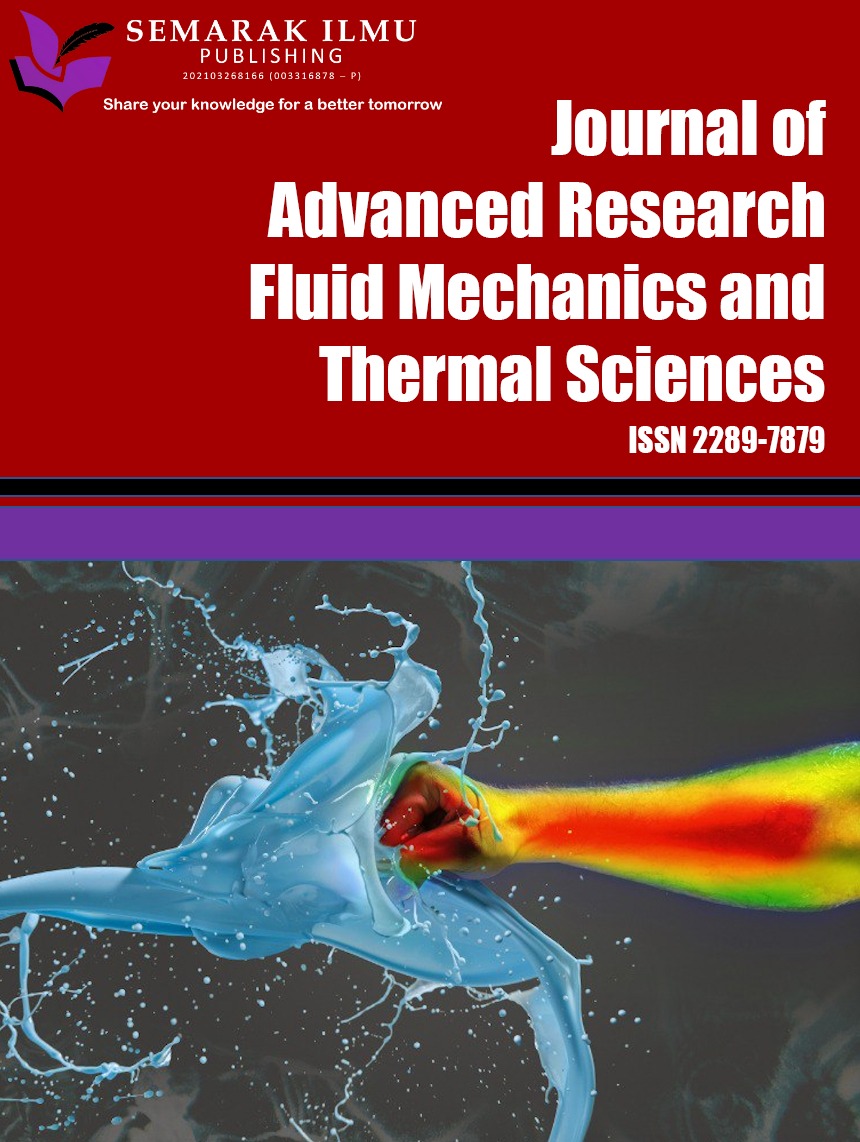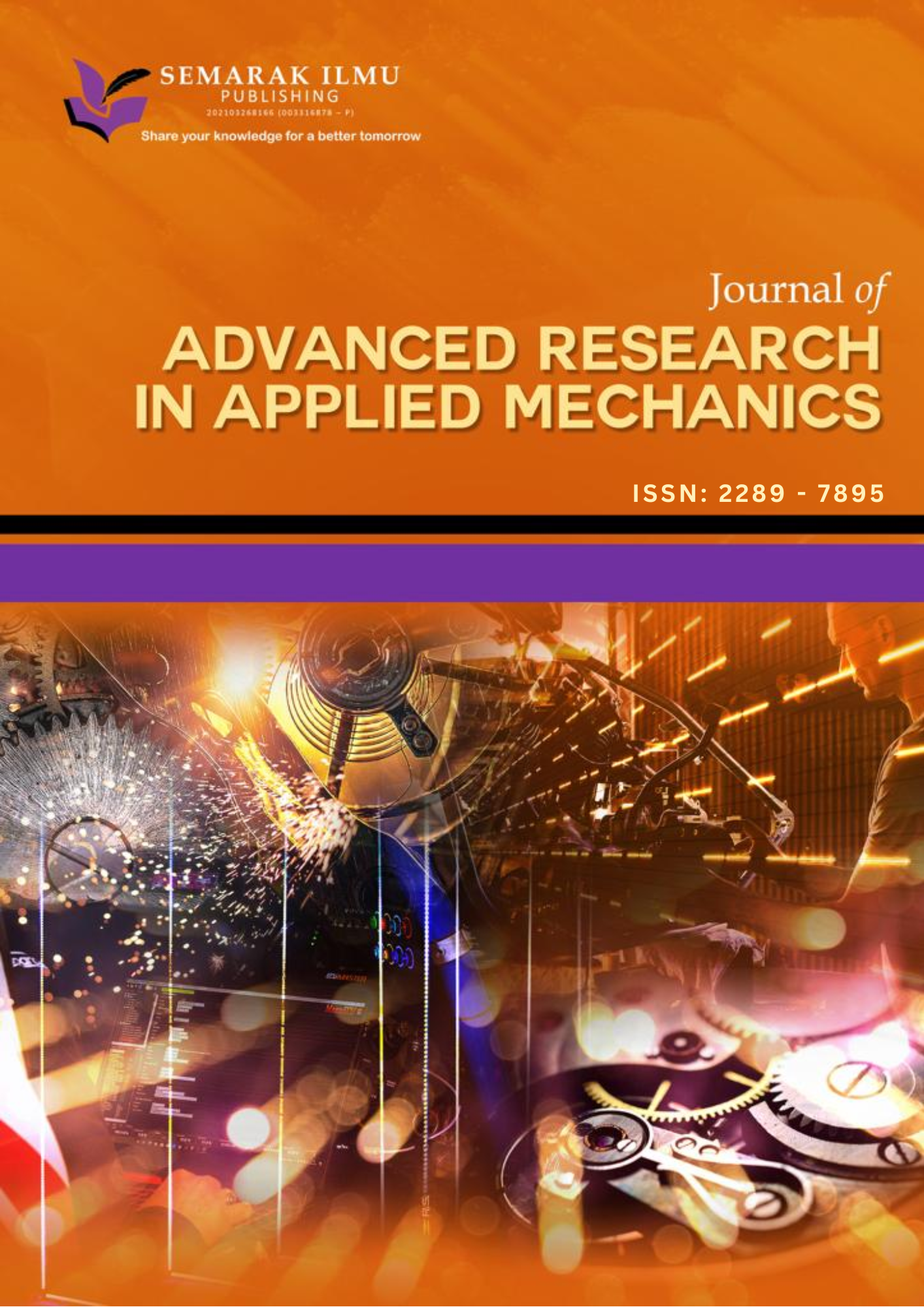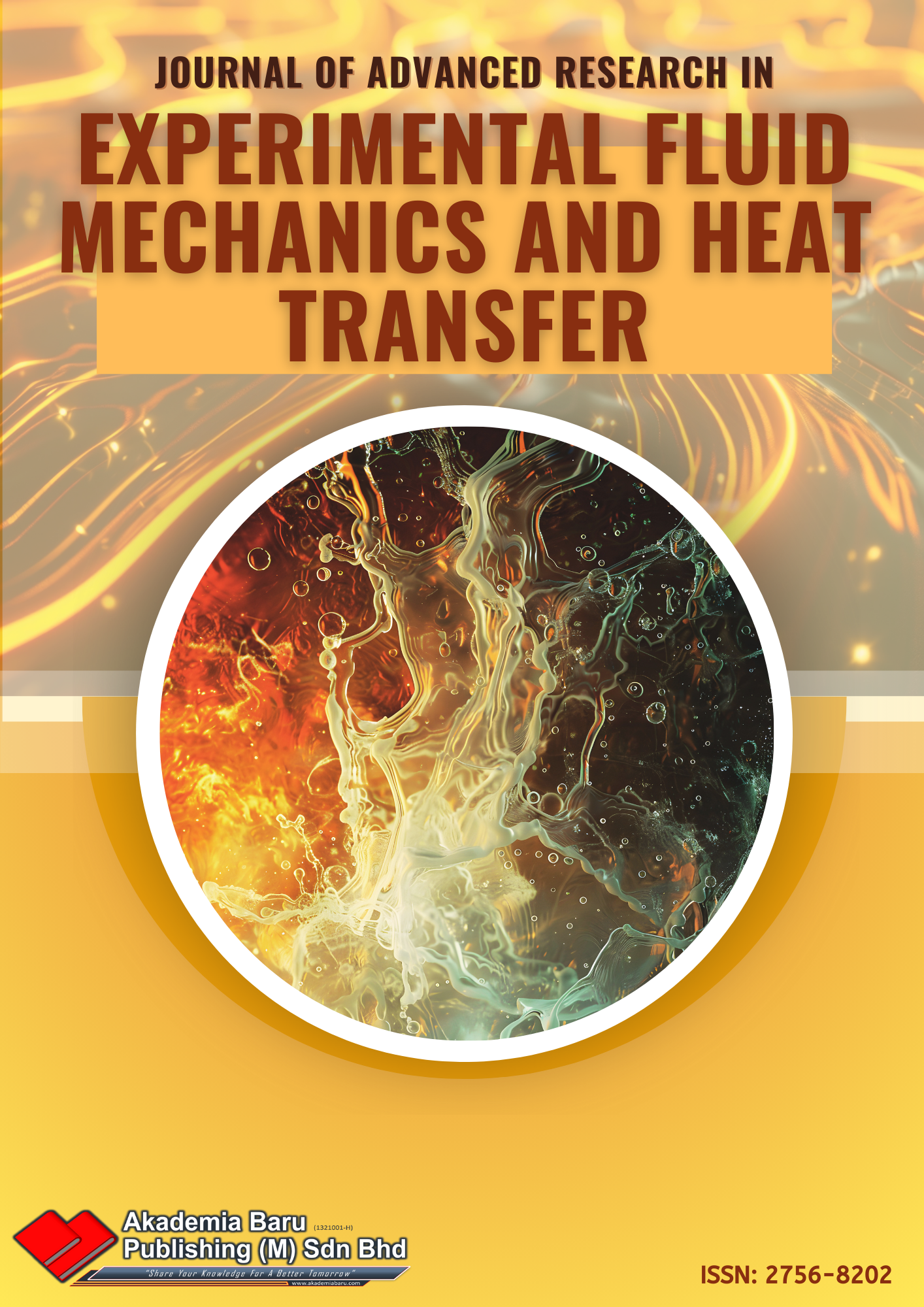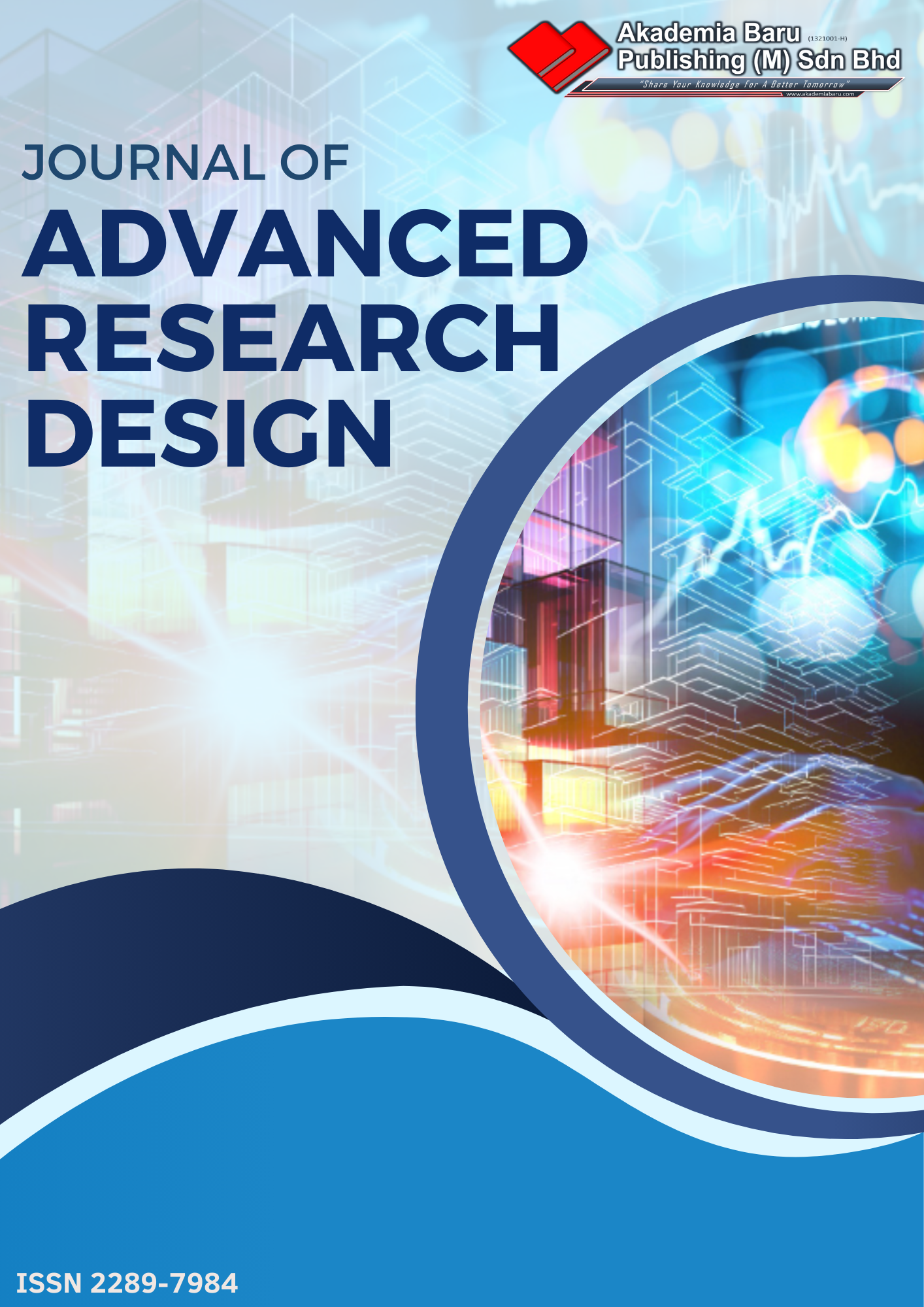Investigation of the Effect of Copper Nanoparticle Deposition on Low-Carbon Steel using Physical Vapor Deposition for Solar Cooling Application
DOI:
https://doi.org/10.37934/armne.27.1.100111Keywords:
Nanomaterials, Cu-NP, nanoparticle coatingAbstract
The use of nanomaterials in solar cooling applications has gained significant attention in recent years. This study aimed to increase thermal conductivity by depositing copper nanoparticles (Cu-NP) on low-carbon steel using thermal evaporation and a physical vapor deposition (PVD) method. Low-carbon steel was selected as the substrate due to its wide use in thermal applications and strong absorption properties. The presence of Cu-NP on the surface was analysed using XRD and thermal characteristics of the thin layer were determined using Thermal Constant Analyzer (TCA) and Transient Plane Source (TPS) measurements. Results showed that the copper nanoparticle coating sample on the carbon steel substrate had better heat emission and absorption compared to the carbon steel alone. It also shows some improvement of around 1% in the thermal conductivity results. This study demonstrates the potential of using Cu-NP deposited on low-carbon steel as a promising material for solar thermal/cooling applications.
Downloads






